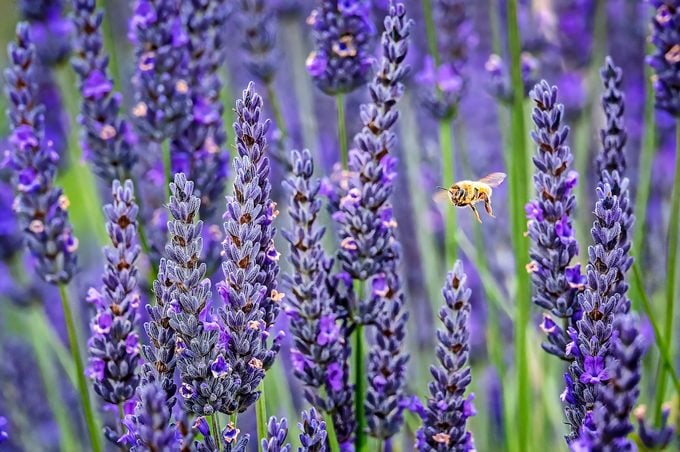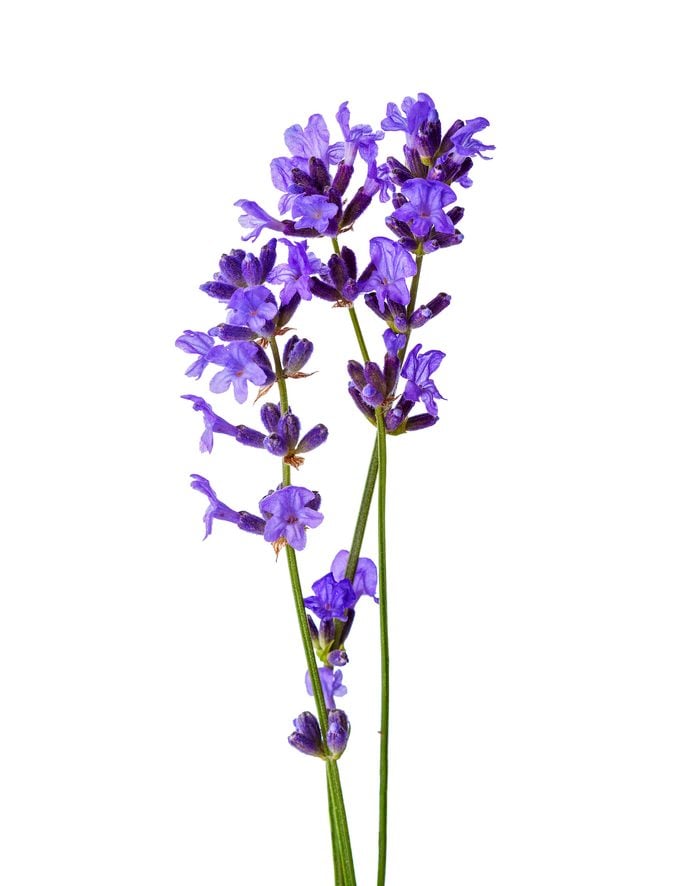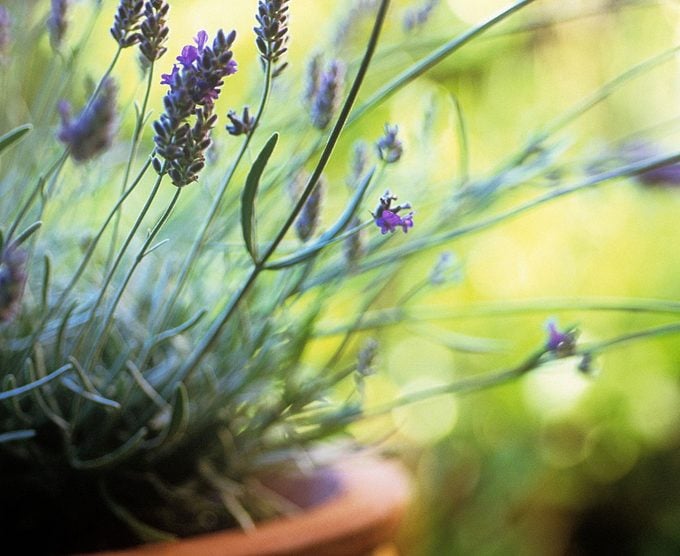Growing Lavender: Pick the Right Plants for Your Garden
Updated: Jul. 14, 2022
Get expert instructions for growing lavender in your backyard or indoors. This fragrant perennial can thrive in many areas of the country.
Our editors and experts handpick every product we feature. We may earn a commission from your purchases.
Benefits of Growing Lavender

Lavender is one of the best-known perennial plants—if not by sight, then by smell. It’s hard to argue with the beauty of its fragrance, silver-gray foliage and spiky flowers—which, as you might suspect, are often lavender-colored, although purple, pink and white blooms are also available.
Discover 7 essential facts about lavender plants.
Caring for Lavender
Native to rocky hillsides in the Mediterranean, lavender prefers hot, dry summers and cool, moist winters, so it’s right at home on Donna Anderson’s Lavender Acres farm in Meridian, Idaho. But it can be grown elsewhere if the conditions are right. In addition to six to 10 hours of sunlight, lavender needs lighter, well-draining alkaline soil and special care when watering.
“Many homeowners will put lavender in their landscaping and let the lawn sprinklers water it,” Donna says. But, she points out, grass requires a lot more water than lavender does, and too much water can kill the fragrant plant.
Small, bushy and a perennial, lavender grows 1 to 3 feet tall, depending on the species or cultivar.
Once your lavender is established, it is low maintenance, requiring only an annual trim to encourage growth and keep it tidy. “Depending on the location of the lavender, you can prune in the fall if it is pruned at least six weeks before heavy frost,” Donna says. If you live in an area with harsh winters, prune in late March or April.
Check out the best-smelling flowers to add to your garden.
Tips for Growing Lavender Indoors

If lavender isn’t winter hardy in your area, you may be able to overwinter it indoors before bringing it back outside in warmer weather. Overwinter it in a large pot placed in a cool room. Other things to consider:
- Lighting: Lavender needs plenty of bright, natural lighting, so place it near a south-facing window.
- Soil: Use a lightweight potting mix augmented with sand and gravel in a quick-draining terra-cotta pot. Test the soil and add limestone if the pH result is below 7.0.
- Watering: Wet the plant’s base only, not the leaves or blooms. Let the soil dry out slightly between waterings.
Discover more easy perennial plants that anyone can grow.
Best Types of Lavender for Growing in Your Region

Lavender has three main types: English, English hybrids and non-English, which include Spanish, French, sweet and woolly. Their winter hardiness varies between categories. Count on French lavender (Lavandula stoechas) to thrive in Zones 8 to 10, while English lavender (L. angustifolia) can take the colder temperatures of Zones 5 to 9. (Psst–here’s how plant zones work and how to find yours.)
Although lavender can be grown in many parts of the country, Donna suggests doing some research. “There are tiny microclimates in all areas, so a lavender variety that grows well for one grower might not grow as well for another 5 miles away,” she says.
Follow this guide to find the perfect type of lavender for your yard, and reach out to your local nursery or university extension service for their recommendations.
Southeast
- Grosso, French hybrid
- Munstead, English
- Provence, French
- Spanish types
Pacific Northwest
- Folgate, English
- Royal Velvet, English
- Super, English hybrid
- Violet Intrigue, English
Northeast and Midwest
Southwest
- Grosso, French hybrid
Next, check out the top purple flowers that attract hummingbirds.




















